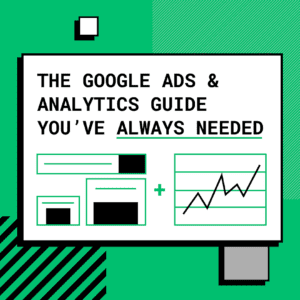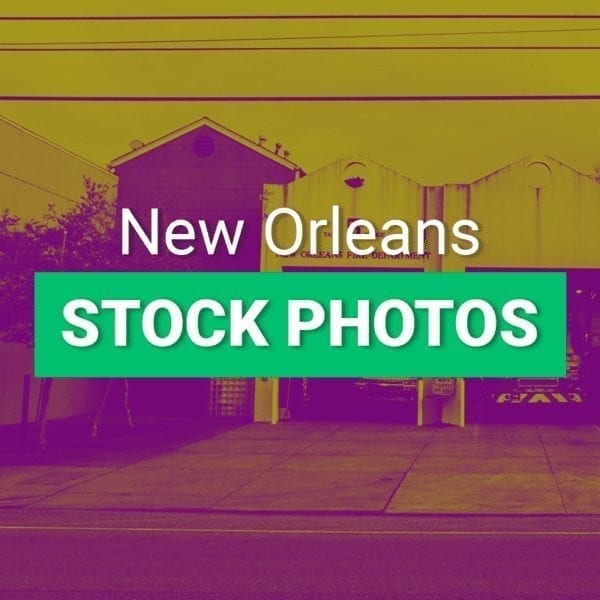Top Tips for Ecommerce Marketing During the Holidays
The holidays are often a stressful time for most. What gifts shall I get? Will I be able to get them in time? Is my family going to complain that the turkey is dry…again? All valid concerns and as an ecommerce business owner, there are hundreds more business-related questions you’re going to be asking yourself. From stock levels, to delivery options, to holiday-themed goods, as a business owner, your long list is ever-growing, especially around the holidays. Another thing that should be at the top of your mind when preparing for the holiday season is your ecommerce marketing campaign.
A strategic ecommerce marketing campaign will set you apart from your competitors and get those holiday revenues through the roof. However, where does one begin planning such a campaign? How does a marketing campaign differ depending on the season? Better yet, how does a traditional marketing campaign differ from an ecommerce marketing campaign? Luckily, this blog post will be sharing the answers to all those burning questions (and more!) to help you make the right decisions when it comes to your ecommerce marketing campaign.
What is my niche and who are my customers?
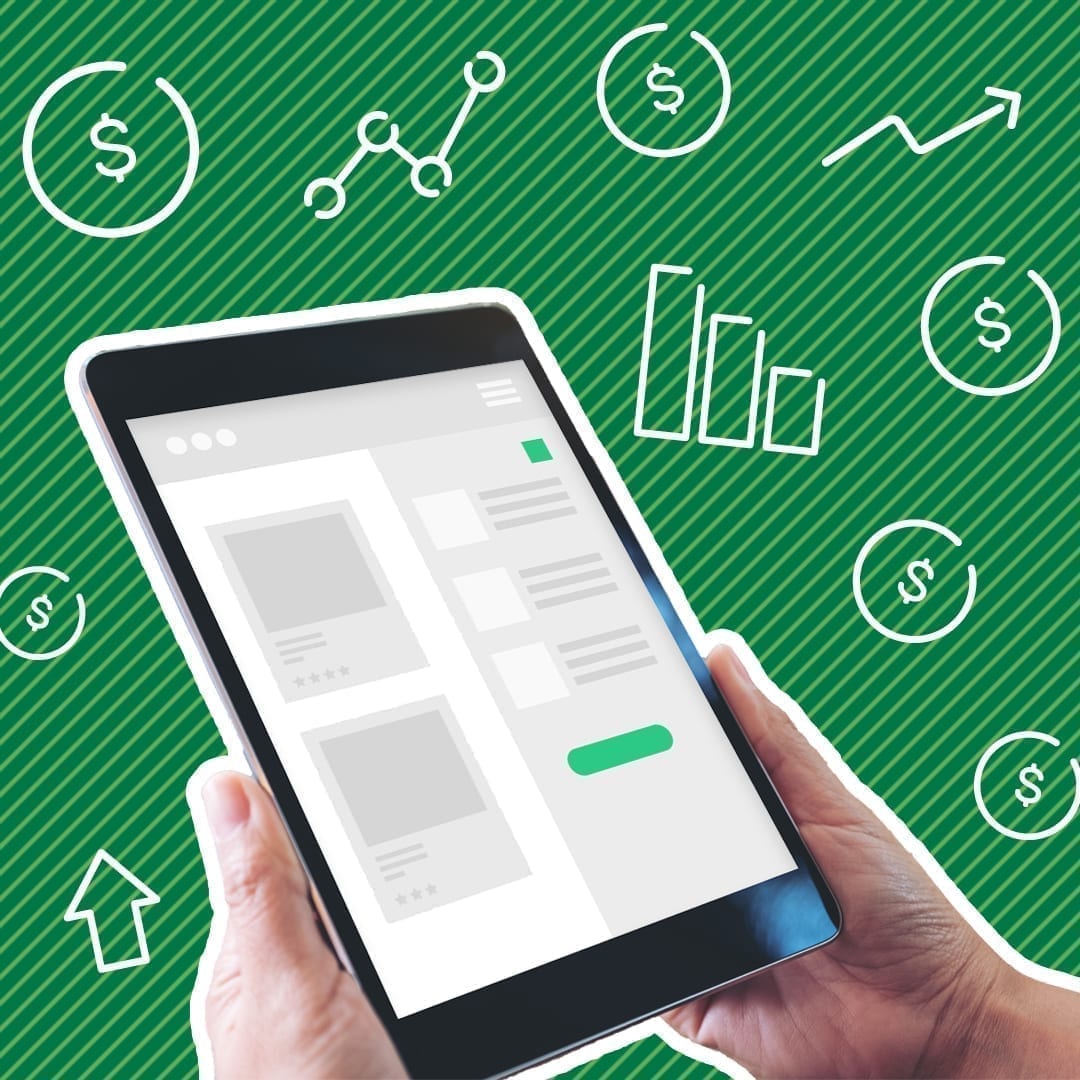
Ecommerce businesses are typically incredibly fast-paced. They are tasked with shipping out orders at all hours of the day, updating new products, and managing their inventory. It would come as no surprise that you may not have taken the time to really write down and think about who it is you want to market to. There are a number of questions for you to consider when trying to decipher your niche and your ideal customers. For example:
- What demographic are my customers?
- Why would they be interested in purchasing my products?
- What products would excite them the most?
- How can I adapt my existing products to better fit their needs during the holidays?
It is very important to analyze exactly who it is you want to reach during your campaign. It affects your messaging and any creative items you may create for your campaign. Think about it this way, you wouldn’t communicate with your child the same way you would communicate with your parents. The same principle applies for your marketing campaign. Depending on who your target audience is, your messaging will drastically change.
The change in your messaging could be due to your audience, but it’s the holidays after all. So, your messaging is likely to change because of that too! Think back to your favorite holiday and all the widely used slogans and key phrases that you’re familiar with. It would be very out of context to hear those types of messages at different times of year. So think about what kind of messaging will not only relate to your audience and represent your ecommerce business, but also what would match the tone of that particular holiday.
As an ecommerce business, you have a lot of analytical tools that brick and mortar businesses don’t have. You have access to where your users are from, what devices they use, what pages they have viewed, and so much more. Utilize the tools available to you to help map out who your ideal customer is and what their behaviors look like.
You can download our Google Ads & Google Analytics guide to get started on tracking who your target audience is.
The Google Ads & Analytics Guide You’ve Always Needed
Guides for adjusting Google Analytics in order to optimize Google Ads campaigns are in short supply—so we made one! Read our comprehensive guide on Ads and Analytics today.
What do I want to promote and when?
Now, this is a very broad question, especially around the holidays. Your products may have drastically changed during the holiday season, and you may have additional products that you wouldn’t typically sell. You may also have some promotions coming up. Your main two considerations are going to be gifting products and holiday specific items.
What to promote?
Gifted Products
For holidays that involve giving gifts, like Christmas, you’re going to want to highlight any products that make for great gifts. This may mean adding a section to your ecommerce website designated specifically to gift giving, e.g. “Gifts for Men” or “Gifts for Kids.” This is something you’ll likely want to highlight on your homepage as well. Another thing to consider are products or services that go well together and offer them as a set, perhaps even at a discount. For instance, let’s say you’re an electronic ecommerce brand that sells cameras. Offer your customers a bundle that includes the camera, a lens, a camera bag, and additional accessories.
Holiday-Specific Items
Every holiday has its own unique items. For instance, Christmas has trees and New Year’s has fireworks. No matter the particular holiday, there are likely specific items that are attached to that holiday. Now, you may not feel like your business offers a product or service that fits right into the holiday theme, but there is likely a way that your product or service could fit into the celebration of that holiday. Let’s say you have an ecommerce sportswear brand that could release a new set of running shoes for those planning to be more healthy in the new year. You may have to think slightly outside of the box to see where your ecommerce business fits in, but there’s likely a way to promote your products in relation to the holidays.
When to promote?
Getting Organized
Hopefully, you now have some idea about the types of products you want to highlight around the holidays. So, it’s time to think about when, and well, that’s a very easy answer: around the holidays! Of course you don’t want to start your campaign on the day of the holiday. Depending on the holiday and your business, you may need to plan and launch your ecommerce campaign weeks, or even months, in advance. To set yourself up for success, you’ll need to get yourself organized and plan ahead. There are many great tools to help you plan exactly what you want to promote and when, especially if you’re handling your ecommerce marketing yourself.
Asana 
Asana is a great tool that can help you organize any tasks you need to accomplish to successfully launch your campaign. Perhaps you need a reminder to schedule a photoshoot of your new Christmas lights, or you need to remind yourself to check on new inventory. The “Projects” tool allows you to group tasks for similar projects together, so you can keep track of what you need to do for your ecommerce campaign.
Google Calendar 
While we’re all pretty familiar with when major holidays occur, there are some lesser known holidays to be mindful of as well. There are also some holidays that occur on different days every year too. Utilizing Google Calendar will keep you and your teammates reminded about when particular holidays are coming up, so you can plan accordingly.
Sprout Social 
Dealing with holidays as an ecommerce business can be extremely hectic on the day of a launch. You’re getting an influx of orders, lots of questions and requests, packing up orders, the whole nine! It can be particularly stressful. The last thing you need to be doing in a last minute scramble is trying to get your social media posts out to let your audience know about your products. Sprout Social allows you to schedule posts ahead of time as well as during a time when your audience will most likely be engaging.

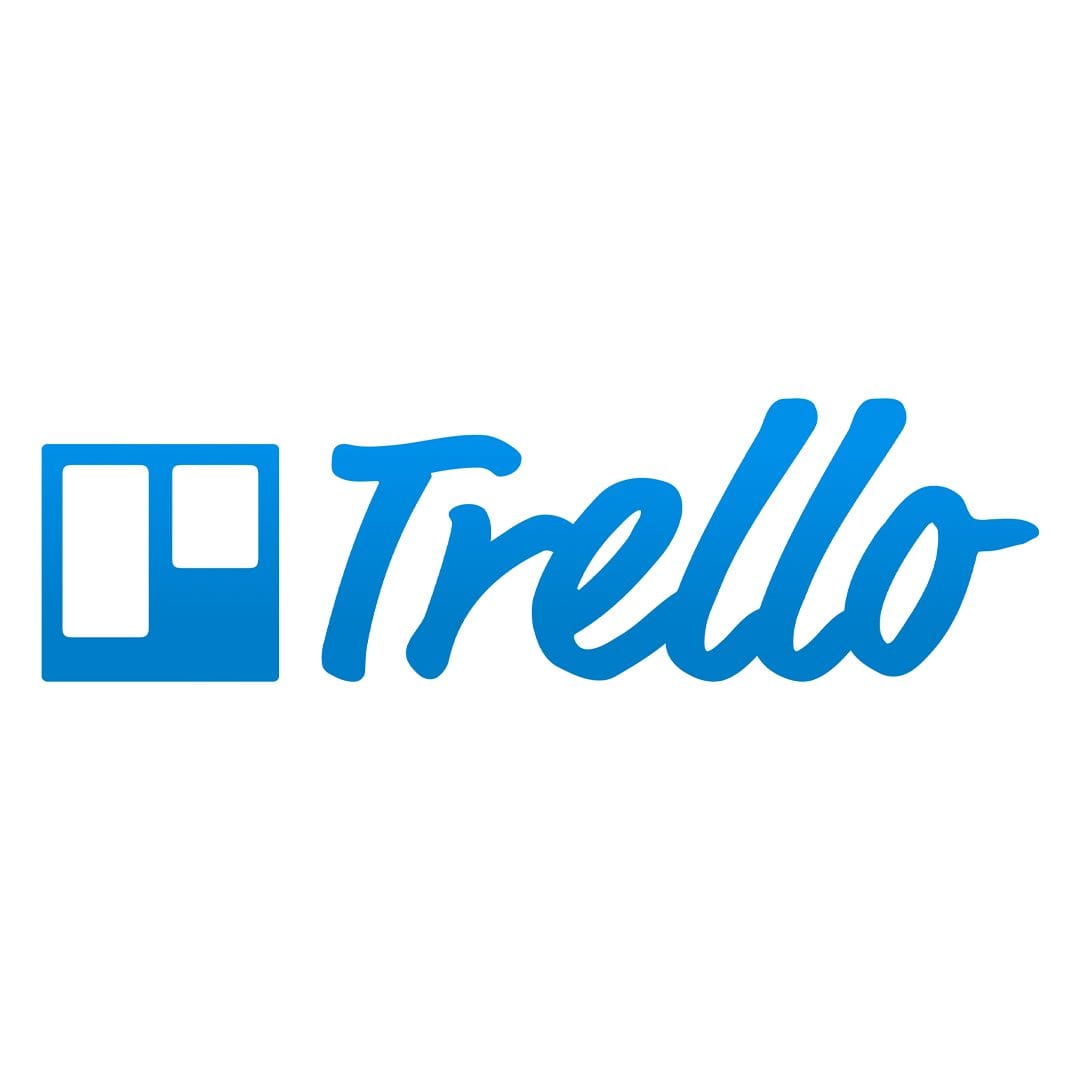


Ecommerce Marketing Strategies
Now that we’ve discussed who we’re marketing to, what we plan to market, and when to market to them, it’s time to get to the bulk of this blog post: how to market to your audience! There are a number of different ways in which you can market to your audience but we’re going to focus on three main strategies that work best for ecommerce: social media, digital ads, and content marketing. Ecommerce heavily relies on excellent media to be able to really tell your story, so we’ll also be touching on the different types of media available that will be useful for your campaign.

Social Media Strategy
Facebook for Ecommerce Marketing
It’s no secret that Facebook is one of the most popular social media platforms in the world. Since most age groups have a Facebook page, you can be sure that your ideal audience (the one you highlighted earlier) will likely already be on Facebook. Starting a Facebook page, adding posts, and creating ads for your business is just the beginning. How else can Facebook help you boost your ecommerce sales during the holidays? Well, Facebook just recently came out with Facebook shops.
Facebook shop allows businesses, large and small, to feature their products in a customizable way. This mobile-first shopping experience allows ecommerce businesses to tell their brand story and connect with their customers. It’s important to offer your customers the easiest way possible to view your products and Facebook shops allow you to do just that.
Instagram for Ecommerce Marketing
Instagram is a highly visual platform, so for ecommerce businesses, it’s the platform you need to be on. As Facebook & Instagram are on the same platform, you can also utilize shoppable Instagram posts, which allow you to purchase products directly on the platform. There are a number of different ways to utilize Instagram for a successful ecommerce marketing campaign:
- Influencers are a huge part of Instagram and offer a cost effective way to increase your brand awareness. Of course, you’ll have to do your research on the right influencers for your niche and find out which ones would fit your budget, but they’re a great way to reach a wider audience on Instagram.
- If you’re a business profile on Instagram with a minimum of 10k followers, you’ll have access to the “swipe up” feature that you can use on your stories. This helps you link to key holiday products in an easy way.
- If you like to go live on your account, take advantage of shopping stickers that are now available. If your business is connected to Instagram Checkout, you can tag products before going live, and then followers can purchase directly from your stream.
- Finally, don’t skip Instagram Checkout. Users can shop products directly from Instagram, reducing cart abandonment and getting you faster conversions. Tag every shoppable product you post—starting now.
Snapchat for Ecommerce Marketing
While Snapchat’s audience is much younger than most other platforms, they’ve introduced new features this year that help ecommerce businesses provide their audience with a well-rounded shopping experience. Snapchat stores operate similar to Facebook shops, but the feature is currently only available to limited retailers. However, Snapchat says they “will expand the program to publishers later this year”. This could be a huge opportunity for ecommerce brands during the holiday season to target a younger audience with an easy-to-use shopping platform.
Pinterest for Ecommerce Marketing
Just like Instagram, Pinterest is heavily visual as well. Pinterest has a highly engaged audience for a wide range of different niches. The market for Pinterest is typically a little older than Instagram. However, that might be just the type of person your business seeks to target. Pinterest users actively look for inspiration and create “boards” to pin their favorite images to refer back to later.
Pinterest is a particularly successful platform for a number of different industries, a main one being home furnishings and food. During the holiday season, many people utilize Pinterest to get ideas about what to cook for their loved ones and inspiration on how to decorate their homes. If your business is in this industry, Pinterest is a platform you’re definitely going to want to utilize heavily.
Check out our resource, the Anatomy of a Social Media Post, to see the best ways you can optimize your social media posts.
Anatomy of a Social Media Post: Specifications and Best Practices
If you’re looking to make sure that every tweet, post, share, pin, and ad is perfect for your social network of choice, look no further. Our constantly up-to-date guide below will give you the information you’re seeking.
Digital Ads Strategy
Digital ads ecompasses a wide range of different ad types. For an ecommerce brand, especially around the holidays, you’re going to want to focus on shopping results. Both Microsoft and Google have their own shopping platforms. Since Google is the search engine with the largest market share, we’ll be focusing on what they’ve been doing to help ecommerce businesses market their products for the holiday season.
Google shopping results appear whenever a user searches for a key term that includes a product in it (of course that’s assuming that businesses are utilizing Google shopping). For instance, if you search for “formal white men’s shirt,” there will be a number of results. Of course, if you are in an industry that has a ton of competition, like fashion retail, it may be difficult to get your product seen through pages and pages of search results. So, there are a couple of options for you. You can pay for ads that will appear at the top of the search results page, or you can work hard to optimize your product categorization so that Google can place it correctly.
Google Shopping Ads
Shopping ads allow your business to essentially “pay-to-play” for those searching in Google. Users can quickly see images, pricing and promotions. Now, they don’t even have to go to your website if you have implemented Shopping Actions, they can purchase right through Google quickly and easily. This allows you to be featured next to some of the more major competitors in your field. This will require you to have some understanding behind Google’s ad platform but luckily Google offers many articles and lessons on how best to optimize your shopping campaigns.
Read this blog post on how you can keep on top of your Google Ads while on the go.
Optimizing Products on Google Shopping
There are a number of ways to optimize your products so that they appear for the most relevant searches on Google shopping.
- Special Offers — Let your audience know if you’re having any sales or promotions going on. Shoppers are always looking for a deal.
- Product Reviews — Ensure that your reviews are visible on Google shopping. In order to receive more reviews, offer your existing customers some incentive to leave a review. For example, free shipping on their next order or access to exclusive sales. You can also join Google’s Product Reviews program through the Merchant Center.
- Optimize Your Images and Titles — Think about how your customers are searching for your products and how they want to see it. Unlike other forms of digital advertising, with Google Shopping campaigns, you cannot target keywords, so your product titles, descriptions, and feed have to act as your keywords. The more thorough and robust your products look to Google, the better they can be placed.
- Dynamic Product Remarketing – Prior to the holiday season ramping up, if you have dynamic product remarketing already in place, you can show past users the products they were already interested in and remind them to return to your site. Maybe you could have a sale or a new version of the product that could inspire them to convert.
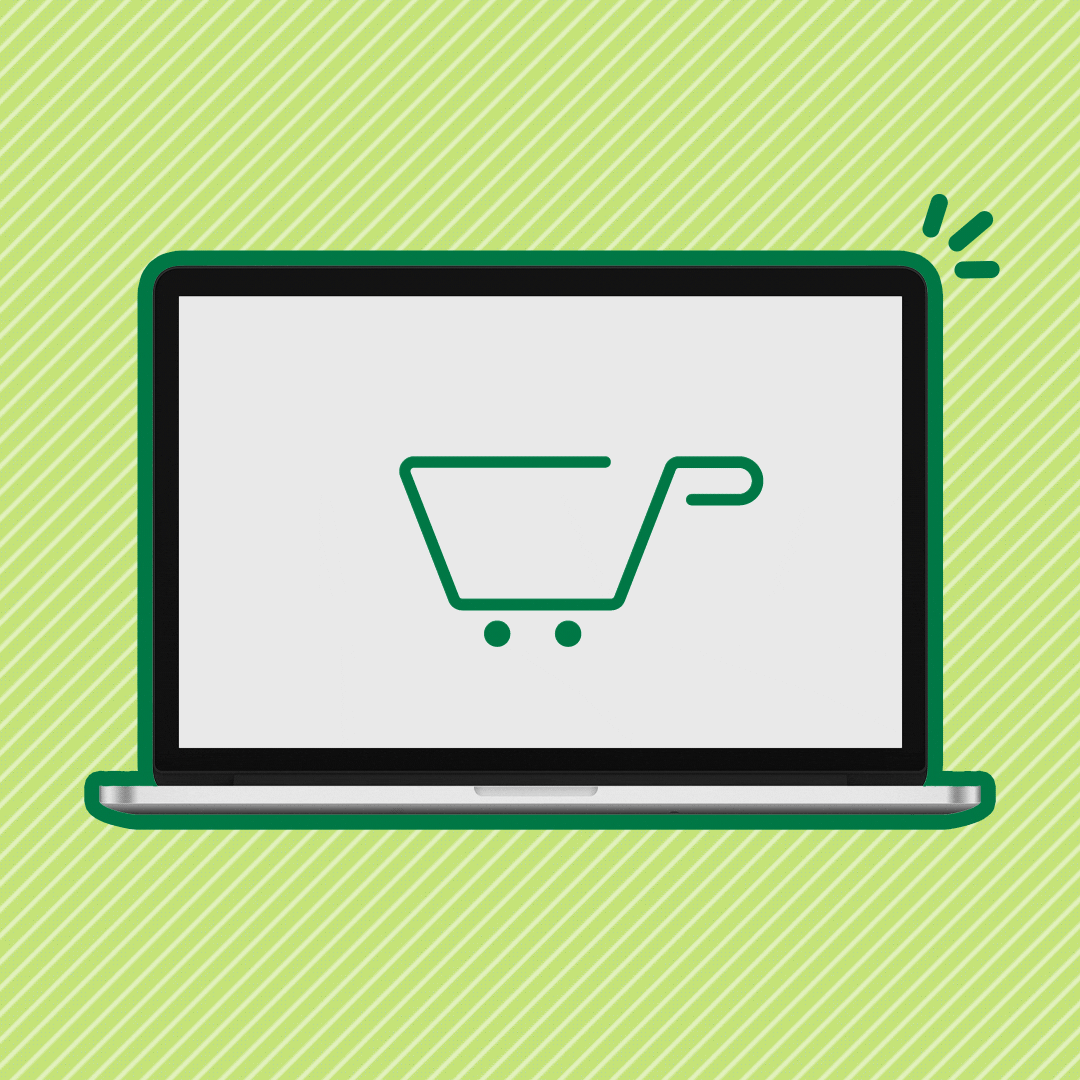
Google is also making optimizing your shopping campaign even easier by expanding their sales filters. Making promotions in Google shopping will now be easier. As ecommerce sellers, “you’ll be able to support flash sales and last-minute discounts with near-instant promotion approvals on eligible offers and easy editing of your live promotions”. By utilizing these tips, you’ll get your ecommerce marketing strategy with an optimized Google Shopping experience up and running in no time!
Content Strategy
No matter what kind of marketing strategy you’re planning, content is key. Content marketing can range from a wide variety of different strategies, like blogging, link building, video production, photoshoots, and so much more. There are a couple of tactics that are going to help you, especially during the holiday season. Let’s start with blog posts.
Blog Posts
While blog posts may not seem like the right kind of content for your website, they’re a great way to improve your SEO. SEO, or search engine optimization, is something that is pretty complex and takes quite a long time to see results from. However, if you’re in an industry with a very specific niche and you don’t have much competition, you could see the benefits from SEO much more quickly.
Now, there are other benefits beyond SEO that blogging is great for. One of the main ones is showing your expertise in your industry. By showing your audience that you know a lot about your industry, value is added to your business as a whole. During the holiday season, people are going to need a lot of guidance, so this is where your blogging abilities can shine through.
As an ecommerce business, you have to be mindful of the fact that people are often buying gifts for others during the holiday season. These tend to be gifts that they have no clue about. For instance, your nephew may want a new type of toy that’s just come out, but there are several iterations of the same toy, so what do you do? This is where a great blog post can come in. Let’s say you’re an ecommerce business that specializes in toys, perhaps a blog post explaining the pros and cons of that toy or even comparing the same toy from different brands. This will help your audience with their purchase decision. As you link to the various toys on your site, they are more likely to purchase from you.
Not only can blog posts on your site be helpful for your audience, but blog posts on other sites can be helpful to you too. During the holiday season, you often see a number of different articles that have holiday-specific themes. For instance, “Top 10 Gifts for Women” or “Setting the Table for Thanksgiving.” Throughout these articles, you’ll likely see a number of different links to a variety of different products related to the title. For instance, a “Top 10 Gifts for Women” blog post on a popular women’s lifestyle blog may include items such as fragrances, or hats, and scarves. The point is to enhance your ecommerce marketing strategy. You want to get your brand featured in those types of articles. In order to do so, you’ll need to answer journalistic inquiries.
Find a list of journalist inquiry websites in this article and start getting your ecommerce brand featured online.

Journalist Requests: How to Find More Media Opportunities
Published: April 29, 2020
Featuring: Dmitry Dragilev
Building Your Media Library
Another key part of boosting your ecommerce content marketing strategy is building the right media library. Your media library can include a number of different items:
- Photos
- Videos
- Graphics
- Infographics
- Animations
- Stock Images
- And so much more!
The holiday season is where a lot of brands will spend a lot more money building the right media library that best highlights the holidays. Think about all the Coca Cola commercials that come around every year during Christmas time. The media you create around the holidays has to be representative of the holidays. Adding a simple bow to already existing images isn’t really going to cut it. Think about what it is that makes each holiday special. Here are some themes you may want to include in your media library for different holidays:
- Christmas
- Snow scene with snowmen and people throwing snowballs.
- Gingerbread houses.
- Setting up the Christmas tree.
- Children opening presents.
- New Year’s
- People watching fireworks.
- A countdown into the New Year.
- Pouring champagne to celebrate.
- Thanksgiving
- Families preparing food.
- Breaking of the wishbone.
- Participating in a Thanksgiving Day parade.
The list is literally endless, so get creative with the types of media that you decide to create to promote your products during the holiday!
If you’re a New Orleans-based ecommerce business, check out our New Orleans Stock Photo resource, so you can highlight New Orleans in your marketing campaign.
NEW ORLEANS STOCK PHOTOS
New Orleans is a beautiful city—its aesthetic alone makes it deserving of its own series of stock images.
Implementing an Ecommerce Marketing Campaign
Hopefully, this guide helps you plan the perfect ecommerce marketing campaign so you can see your revenues boost for the holidays. However, it can be very time consuming to implement all or even some of these strategies especially if you’re running your ecommerce business yourself. Thankfully, Online Optimism is here to help. Speak to an Optimist today to learn more about how we can help you with your ecommerce campaign!
Contact Form
"*" indicates required fields

